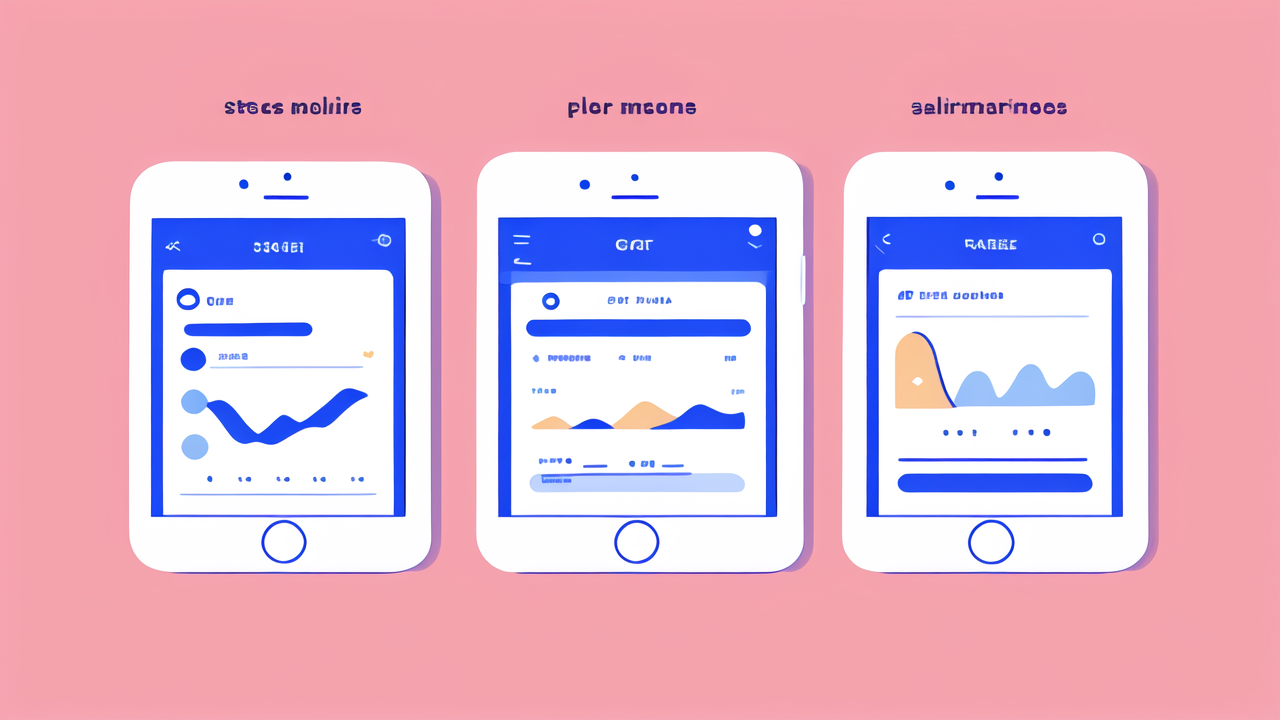Introduction to Step Counter Technology in the United States
The Rise of Pedometer Devices and Their Significance
Step counters have become a staple in the fitness world. These devices track our daily movements. They help us stay active and healthy. The rise of step counters began in the early 2000s. Simple pedometers paved the way for today's smart devices.

Step counters are now more than just tools. They're lifestyle accessories. Many people rely on them to meet fitness goals. These devices encourage users to move more. They provide data on daily activity levels. This information helps users make better health choices.
The significance of step counters goes beyond personal use. They're valuable in public health initiatives. Researchers use step count data to study population health trends. Employers use them in wellness programs. Step counters have truly changed how we think about daily activity.
Key Features of Modern Step Counters
Modern step counters are packed with features. They go beyond just counting steps. Here are some key features:
- Accurate step counting
- Distance tracking
- Calorie burn estimation
- Heart rate monitoring
- Sleep tracking
- GPS functionality
- Smartphone connectivity
- Long battery life
- Water resistance
These features make step counters versatile tools. They provide a comprehensive view of health and fitness. Users can track their progress over time. They can set goals and receive motivation to reach them.
Many step counters now have smart notifications. They can alert users when they've been inactive too long. Some devices can even detect specific activities. They can tell if you're walking, running, or cycling.
The best step counters are easy to use. They have clear displays and intuitive interfaces. Many sync with smartphone apps. This allows for detailed data analysis and sharing.
Evaluating the Accuracy of Top Step Counters
Metrics for Measuring Step Counter Accuracy
Accuracy is crucial for step counters. Users rely on these devices for fitness tracking. Inaccurate data can lead to wrong health decisions. Several metrics are used to evaluate step counter accuracy:

- Step count accuracy: This compares device count to actual steps taken.
- Distance accuracy: It measures how well the device estimates distance traveled.
- Calorie burn accuracy: This checks the precision of calorie expenditure estimates.
- Heart rate accuracy: It compares device readings to medical-grade monitors.
- Consistency: This tests if the device gives similar results in repeated trials.
Researchers use controlled environments to test these metrics. They often compare devices to gold standards. Video analysis or manual counting serve as benchmarks. Some studies use treadmills at various speeds. Others test devices in free-living conditions.
Accuracy can vary based on walking speed and terrain. It may also differ for running or other activities. The best devices maintain accuracy across various conditions.
Case Studies: Real-World Accuracy Testing
Real-world testing is vital for step counter accuracy. Lab conditions don't always reflect daily use. Here are some findings from recent case studies:
Study 1: Wrist-worn vs. Hip-worn Devices
- Tested 5 popular brands
- 50 participants wore devices for a week
- Wrist-worn devices overestimated steps by 5-10%
- Hip-worn devices were more accurate, within 2% of actual steps
Study 2: Accuracy During Different Activities
- Tested 3 top-selling step counters
- Activities included walking, running, and stair climbing
- All devices were accurate for normal walking (within 3%)
- Running showed more variation (up to 15% error)
- Stair climbing was least accurate (up to 25% error)
Study 3: Long-term Consistency Test
- 100 users wore devices for 3 months
- Checked accuracy weekly against manual counting
- Most devices maintained accuracy within 5%
- Battery life and wear patterns affected long-term accuracy
These studies show that accuracy varies by device and activity. Users should consider their main activities when choosing a step counter. Regular calibration can help maintain accuracy over time.
The Impact of Accuracy on User Experience and Health Goals
Enhancing Lifestyle and Wellness with Precision
Accurate step counters can significantly impact lifestyle and wellness. They provide reliable data for making health decisions. Users can set realistic goals based on precise measurements. This leads to more effective fitness plans.

Precision in step counting motivates users. Seeing accurate progress encourages continued effort. It helps build healthy habits. Users feel more confident in their achievements. This positive reinforcement is key to long-term behavior change.
Accurate devices allow for better tracking of daily activity patterns. Users can identify times when they're most sedentary. They can then make targeted changes to increase movement. This precision helps in creating balanced, active lifestyles.
Wellness programs benefit from accurate step counters. Employers can offer meaningful incentives based on reliable data. This fosters a culture of health in the workplace. It can lead to improved employee health and reduced healthcare costs.
Precision also matters for sleep tracking features. Accurate sleep data helps users improve their rest habits. Better sleep contributes to overall wellness and productivity. It's an often overlooked aspect of health that step counters can address.
The Role of Accurate Step Counters in Healthcare and Research
Accurate step counters play a crucial role in healthcare and research. Doctors use step count data to assess patient activity levels. This information helps in managing chronic conditions like obesity and diabetes. It can guide treatment plans and measure progress.
Researchers rely on precise step data for population health studies. Accurate devices provide reliable insights into physical activity trends. This data informs public health policies and interventions. It helps identify areas where communities need more support for active living.
In clinical trials, step counters offer objective measures of physical activity. This is valuable for studying new treatments or interventions. Accurate data ensures the validity of research findings. It can lead to better understanding of health outcomes.
Rehabilitation programs benefit from accurate step counters. They help track patient recovery and mobility. Physical therapists can adjust treatment plans based on precise activity data. This leads to more effective and personalized care.
Long-term health monitoring is enhanced by accurate step counters. They provide a consistent measure of activity over time. This can help detect early signs of health decline. It allows for proactive healthcare interventions.
In conclusion, the accuracy of step counters is crucial. It affects personal health goals, research outcomes, and healthcare decisions. As technology improves, we can expect even more precise and reliable devices. This will further enhance the role of step counters in promoting health and wellness.




Leave a comment
This site is protected by hCaptcha and the hCaptcha Privacy Policy and Terms of Service apply.